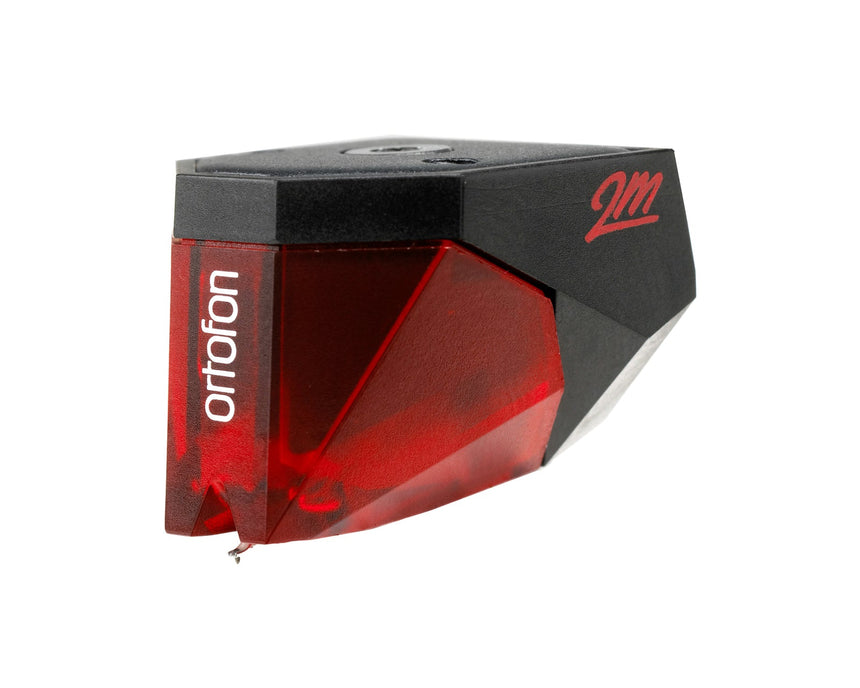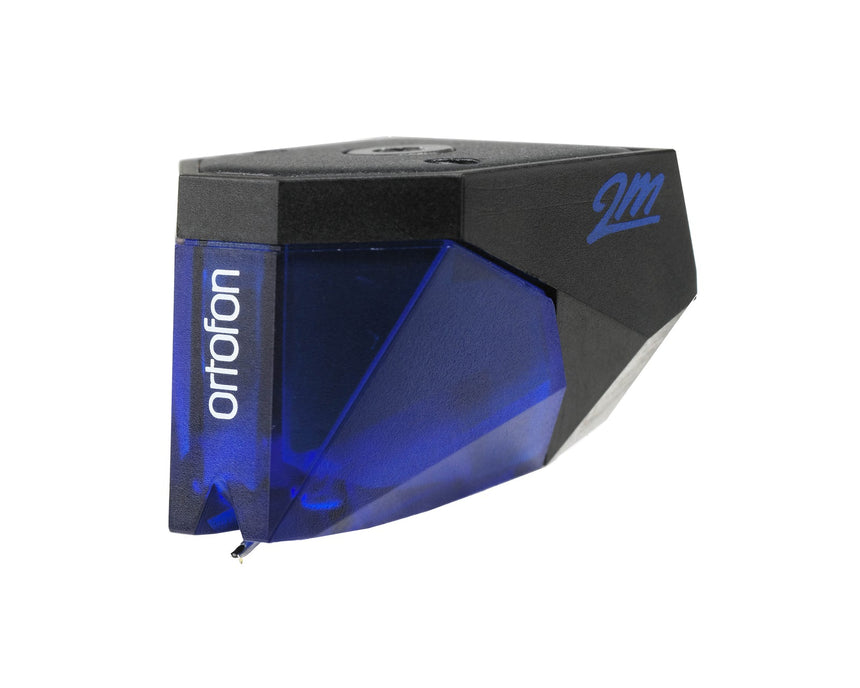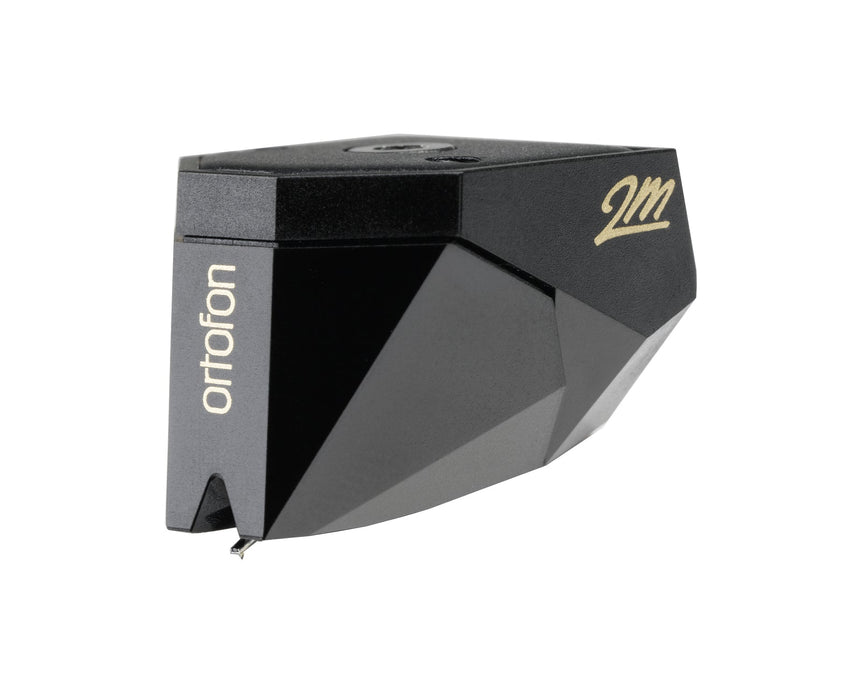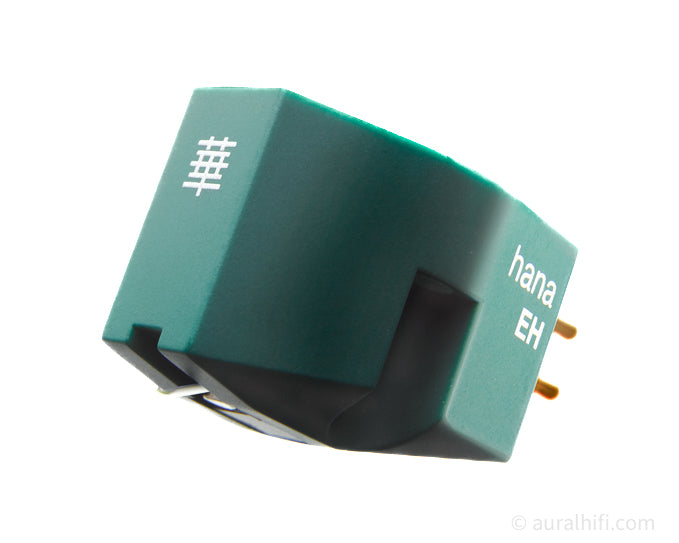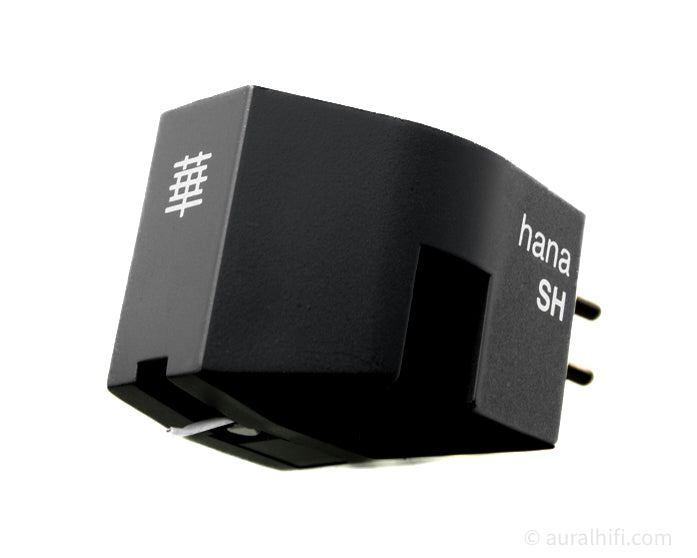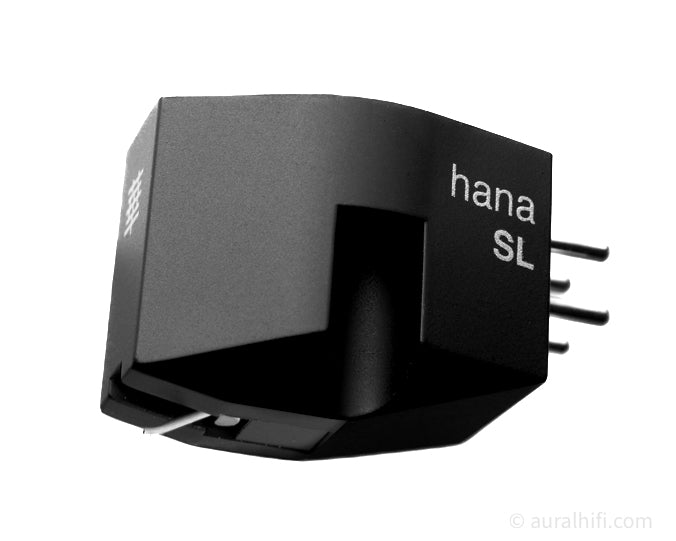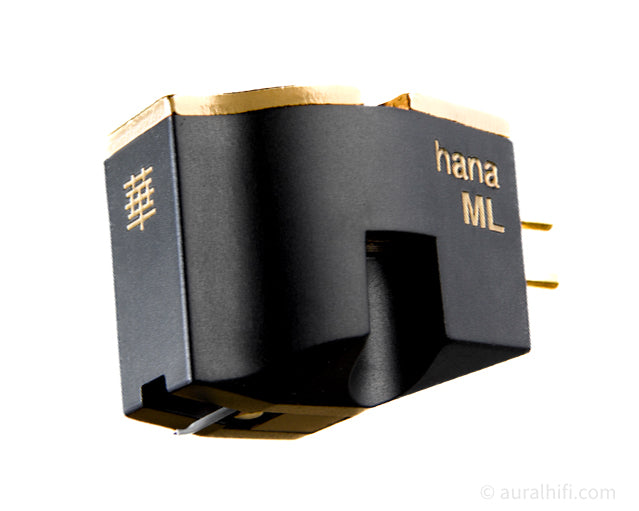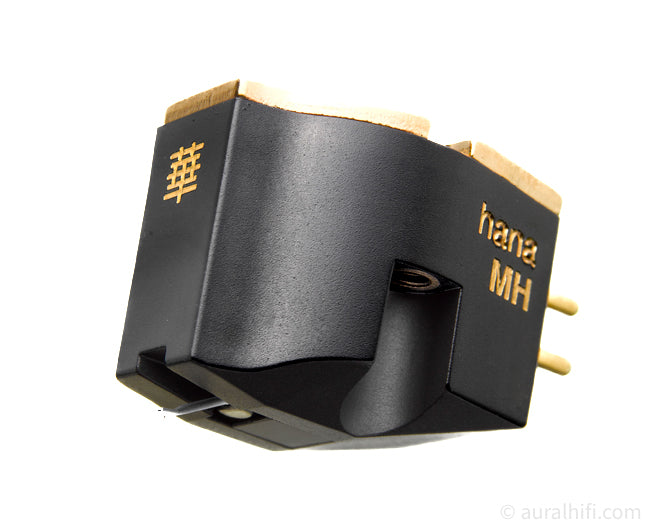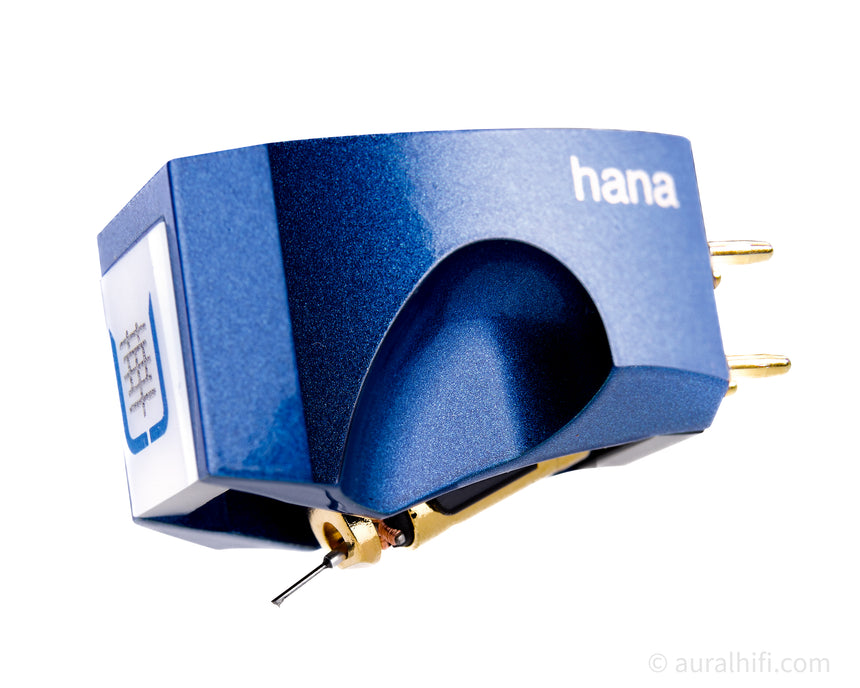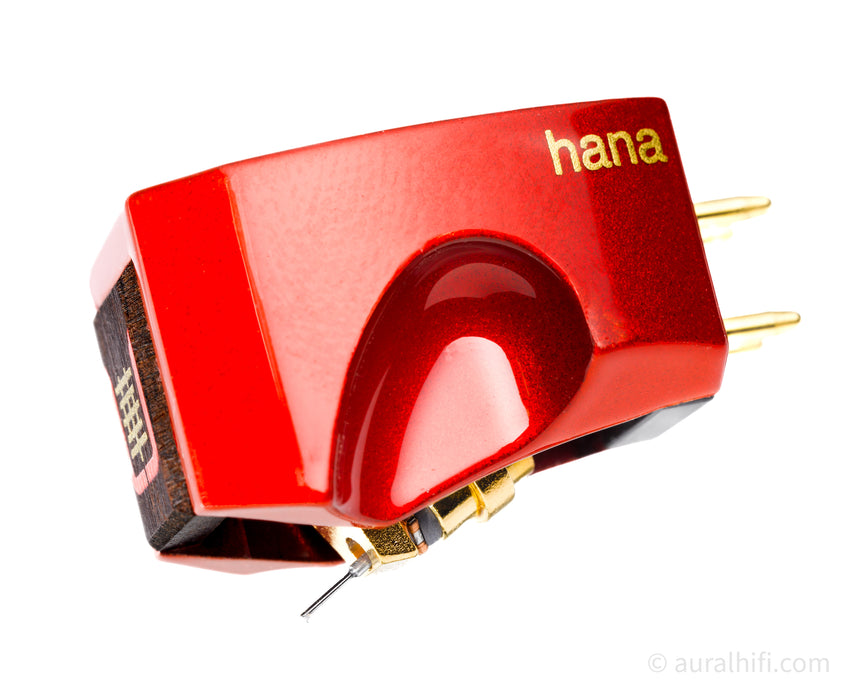This is a gorgeous example of a 60's era AR turntable complete with its original box. Although there are a few little nicks on the beautiful oiled walnut plinth, they are not at all visible from listening distance. It's a great looking and sounding vintage turntable.
Production
1961
Condition
9/10
Serial No.
XA264361
Orig. MSRP
$58
Restoration
- Full service check
- Cleaned controls and switches
- Detailed
Factory Specs
Type Belt Drive Turntable
Motor AC synchronous motor
Power Requirements 110-120 v 60 cycle*
Wow and Flutter 0.1%
Speed Accuracy ±0.3%
Rumble 35dB
Platter Suspended aluminum platter-2 parts-in oil bearing – 3.9 lbs (1.8kg)
Tonearm 12″ S-Shaped tonearm in oil bearing
Headshell Plastic with brass inserts for cartridge screws-Tan, Black
Tonearm Rest Black plastic
Base Finish Oiled Walnut Veneer
Dimensions 12.75 x 16.75 x 5.25 (with dustcover in place.)
Weight 13.5 lbs
The History of Acoustic Research
Acoustic Research, Inc. (AR) was founded in 1952 and incorporated on August 10, 1954, by audio pioneer, writer, inventor, researcher and audio-electronics teacher Edgar Villchur and his student, Henry Kloss. AR was established to produce the $185 model AR-1, a loudspeaker design incorporating the acoustic suspension...
[ Read More ]
Liner Notes
When the AR XA turntable came out in 1961, it was an instant classic – almost immune to external shocks and vibrations, low in rumble, and priced at a shockingly affordable $58.00 ($489 today), less cartridge but complete with arm, dustcover, and even a stylus force gauge. (The price was soon raised to a more sustainable $78, or $658 today.) It was a runaway success. AR sold hundreds of thousands of them. The Museum of Modern Art acquired one for its industrial design collection. And fifty years after its arrival, The Absolute Sound listed it first in its article, “The Ten Most Significant Turntables of All Time.” Its key technologies were widely adopted by other companies, and are still in use. One of those key technologies was the AR’s mounting system. Instead of attaching the platter, motor, and tonearm to the turntable’s top plate, AR mounted its arm and platter to a subplatform, suspended below the top plate at three points by damped springs with a very low resonant frequency. This isolated the arm and record from footfall vibrations or acoustic feedback. In demonstrations, AR representatives would hit the top plate with a hammer (reportedly a padded one) without making the arm skip in the groove. To keep motor vibrations from reaching the record and stylus, the turntable used a belt drive, with the motor mounted to the top plate rather than the subplatform. The other key technology was the use of a low-speed, low-power synchronous motor and a light platter instead of a heavy platter and large motor, (Early versions of the AR XA had a second motor, to ensure the main motor started in the right direction.) The lightweight motor generated less rumble than more massive ones, and its low speed lowered the rumble frequency to a subsonic 5 Hz. The lighter platter had less speed-stabilizing flywheel effect than the heavy platters then (and now) in common use, but the speed of synchronous motors is extremely accurate and stable to begin with. Reviewers at the time remarked on the AR XA’s low rumble and smooth, accurate speed, and other belt-drive turntables with subplatform suspensions, such as the Thorens TD-150 and Linn Sondek LP12 (No. 2 on the TAS “Significant Turntable” list), arrived soon after.
Stock No.
6763225350312












